Concours d’Elegance At Sinaia: A Brilliant Event
Images: Dragos Savu, Catalin Nenciu, Patric Pavel
Retromobil Club Romania, the FIVA (International Federation of Historic Vehicles) ANF (Authorised National Federation) in Romania, held its annual Concours d’Elegance at the picturesque town of Sinaia on the 24th of June 2023 after a hiatus of two years.

Sinaia is about 140 kms from the capital of Romania, Bucharest, and is as pretty as a picture. Its most famous landmark is Peles Castle, the erstwhile summer residence of the first king of Romania, Carol I. Perhaps reminded by his previous home in Prussia (King Carol was a Prussian prince from the famed Hohenzollern royal line), the new and first king of Romania built his summer home at Sinaia amidst lush green mountainous landscape and rivulets. It took nearly 35 years to complete the vast castle complex and grounds.
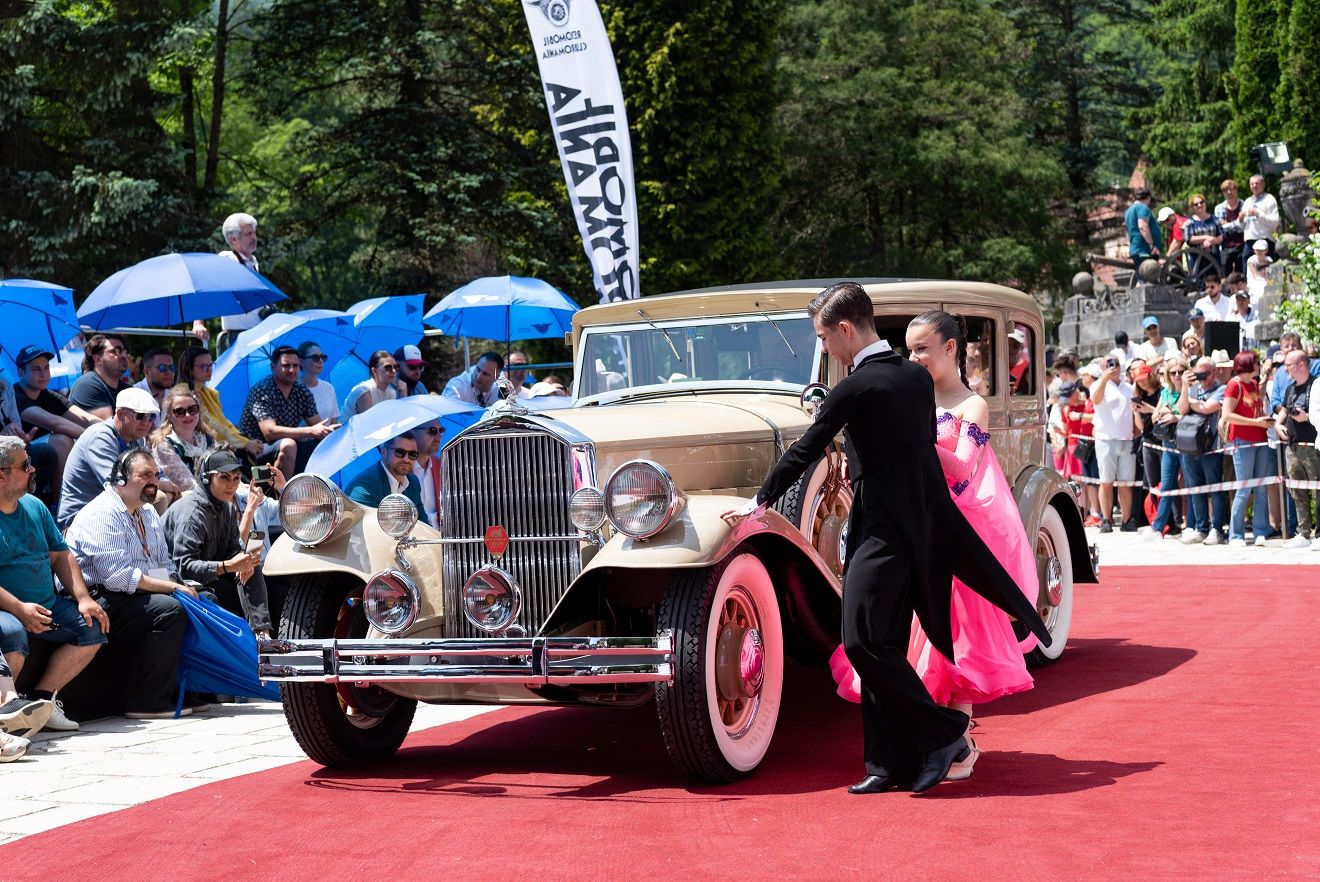
As a guest of Retromobil Club Romania, I got a special tour of the carefully selected 41 participating vehicles a day before the concours. The vehicles were displayed according to their class and were parked in different locations, each group in a cluster. This was a great way to have enthusiasts walk around the castle complex and breathe the crisp mountain air and soak in the most of what the spectacular locale had to offer.
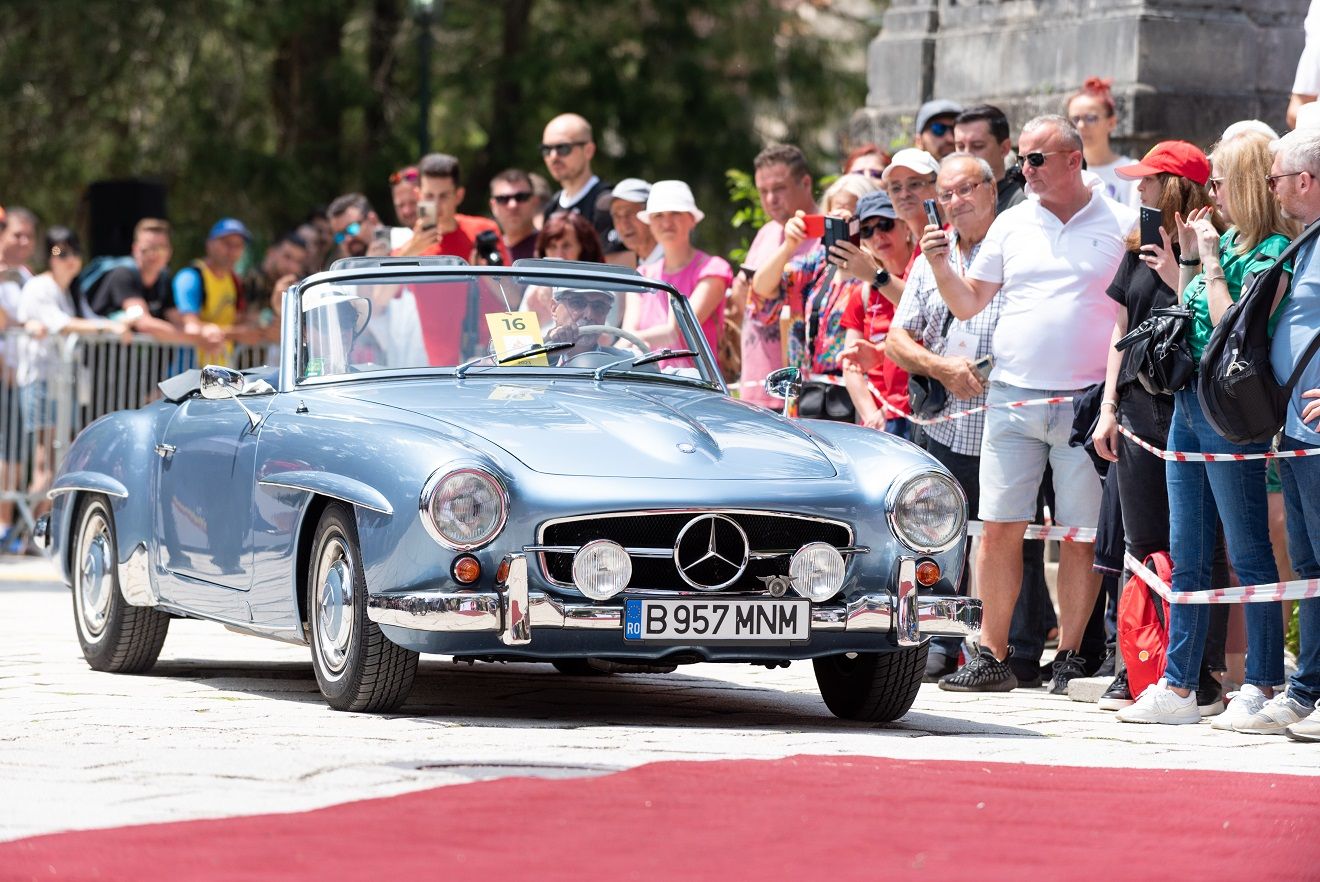
The preview tour started from the group closest to the drive-in to Peles; there were a bunch of cool classics. A 1972 Mercedes 280SE 4.5 in tobacco brown looked to be in mint condition, mostly restored at home by its current owner, save for the body panel work and paint.
Parked next to it and resplendent in a lovely shade of deep red, was an impeccably kept 1974 Renault 12 TL estate, a rare example, flanked by an exquisitely preserved Series 3 1985 Jaguar XJ6 owned by a young and very enthusiastic owner. The Jag was honestly flawless and completely original.
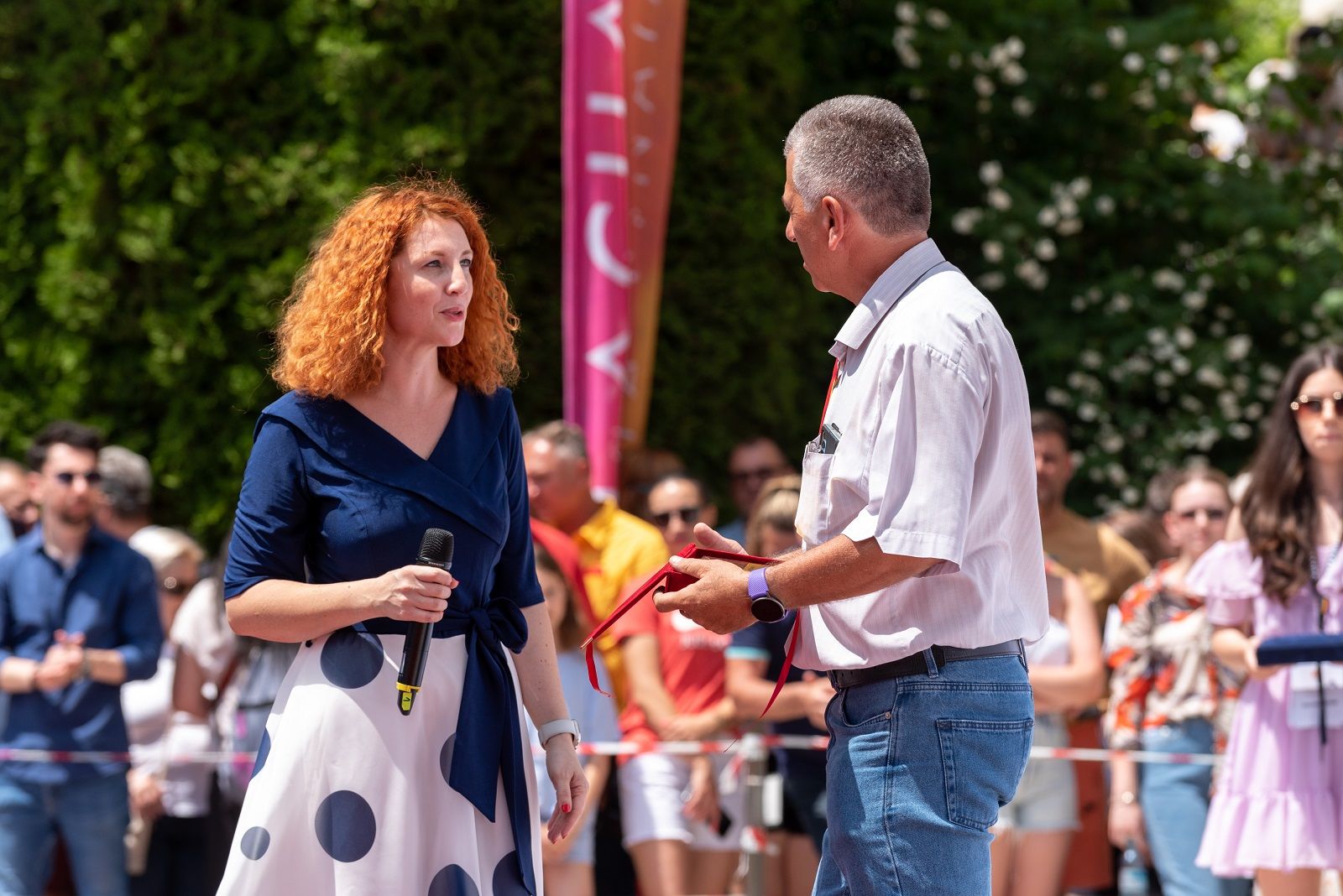
And then, just as I thought I’d seen the pinnacle of originality for the day, next to the sleek Jag was a Mercedes W114 230.6, resplendent in its factory original shade of Mercedes paint code DB920H, deep blue. Recently acquired by the current owner from Spain, the car had clocked just over 45,000 kms since 1974!
An inspection of the engine bay revealed left over factory ‘wax’ which had spilled into various apertures in the engine compartment. Yes, that was original factory wax that Daimler Benz had applied to protect the sheet metal from rusting.

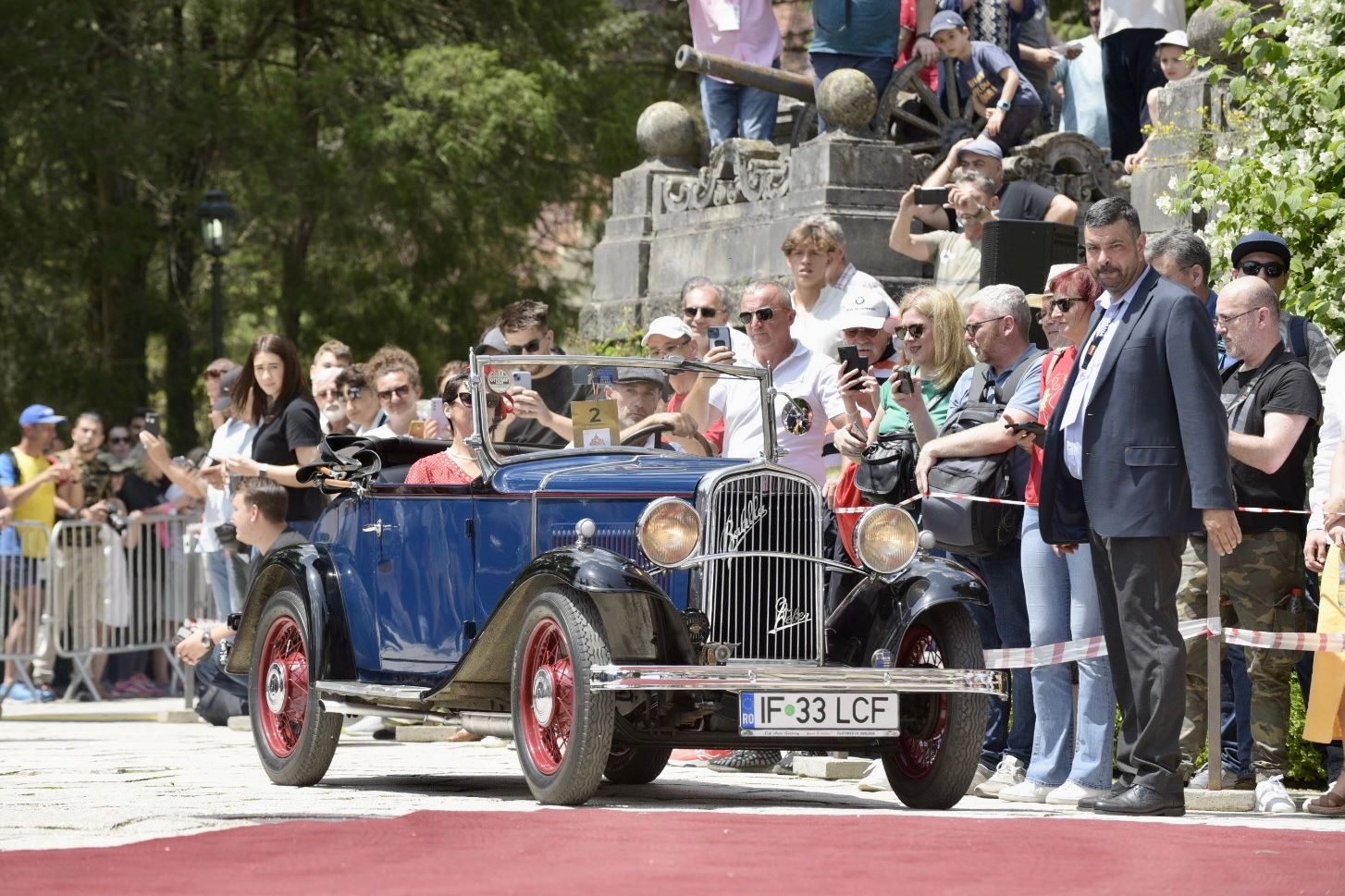

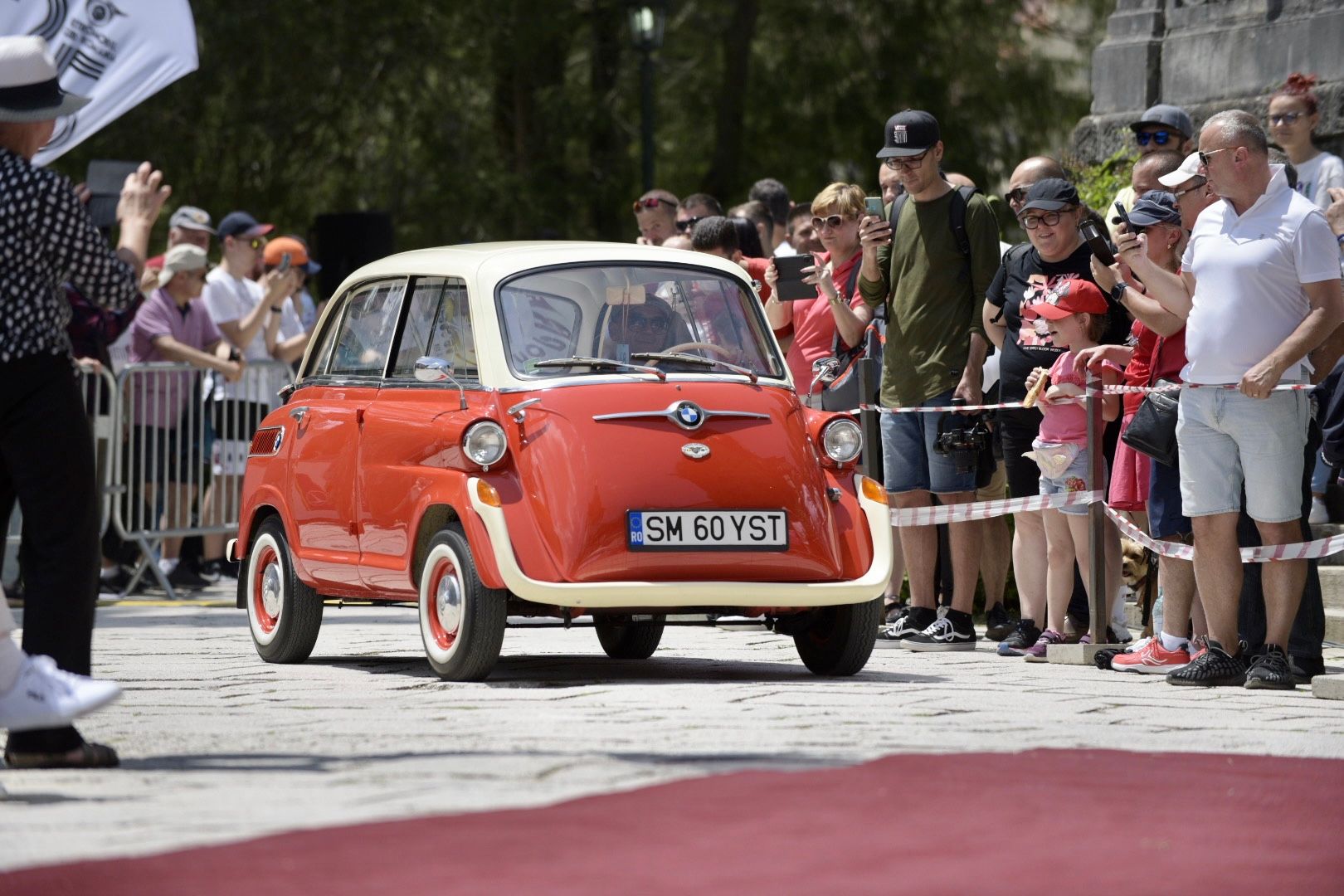
Another rare classic Mercedes was next, a 300SE cabriolet from 1964. Very few of the 300SE were built, most were the 220SE, the 250SE, 280SE and the last in the run, the 280SE 3.5 with a V8 engine. This was a 3 litre straight 6.
However, the most interesting car in this group for me was a little-known East German car, the Wartburg 311 De Luxe of 1962. Manufactured by VEB Automobilwerk Eisenach, the mid-sized car looked rather charming in off-white over red. Its small two stroke engine of just under a 1000cc couldn’t have propelled the car to any exciting speed, but there it was, a great example of the cars that existed on the other side of the Iron Curtain.

About 100 feet away was an awesome Fiat 850 Spider in red and a few paces beyond it was a Mercedes 190 SL in a medium metallic blue with a deep blue soft top to match.
As I continued the upward incline to the smaller Pelisor Castle, built for the heir apparent, Prince Ferdinand, a 1974 Ford Mustang II came into view.
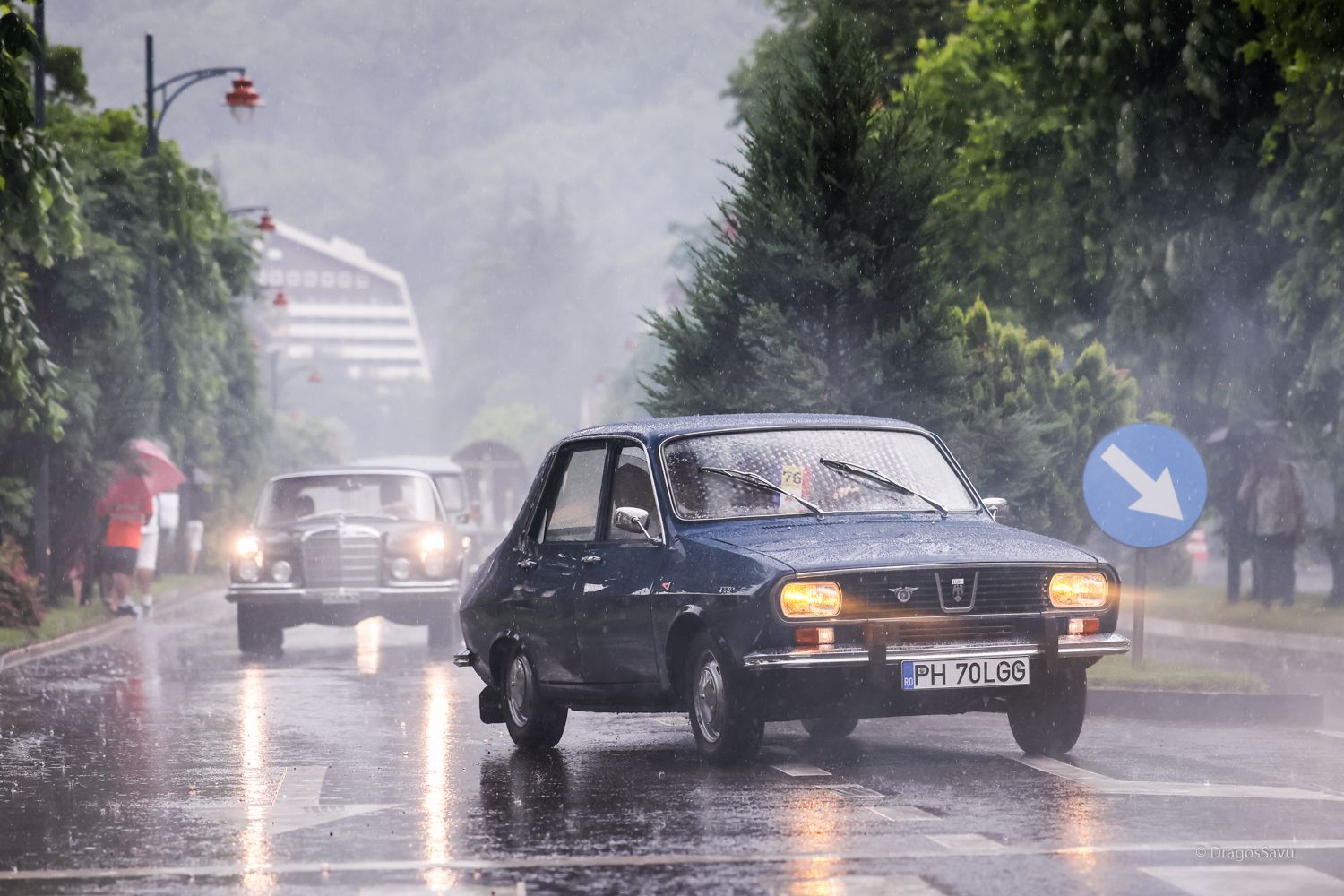
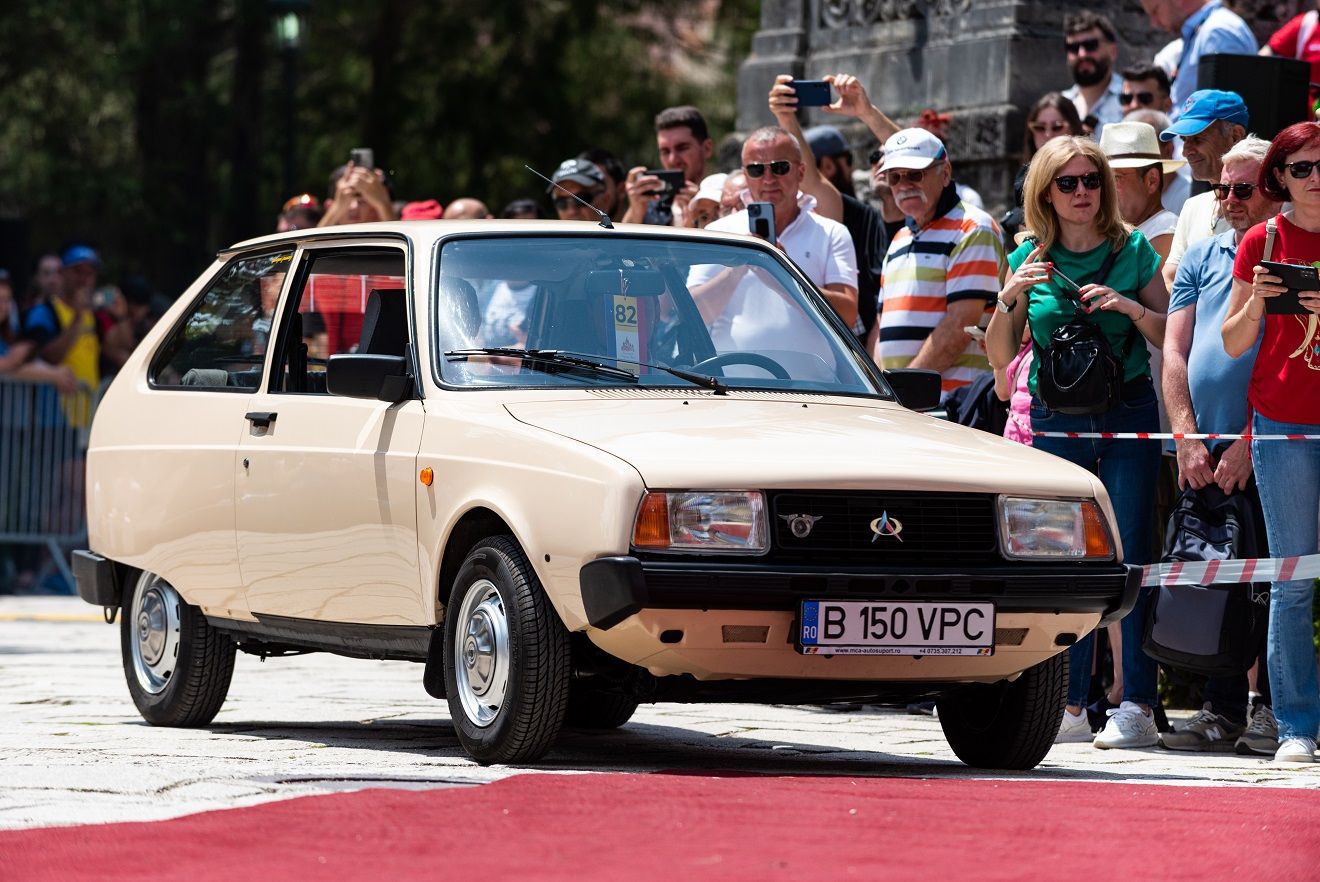
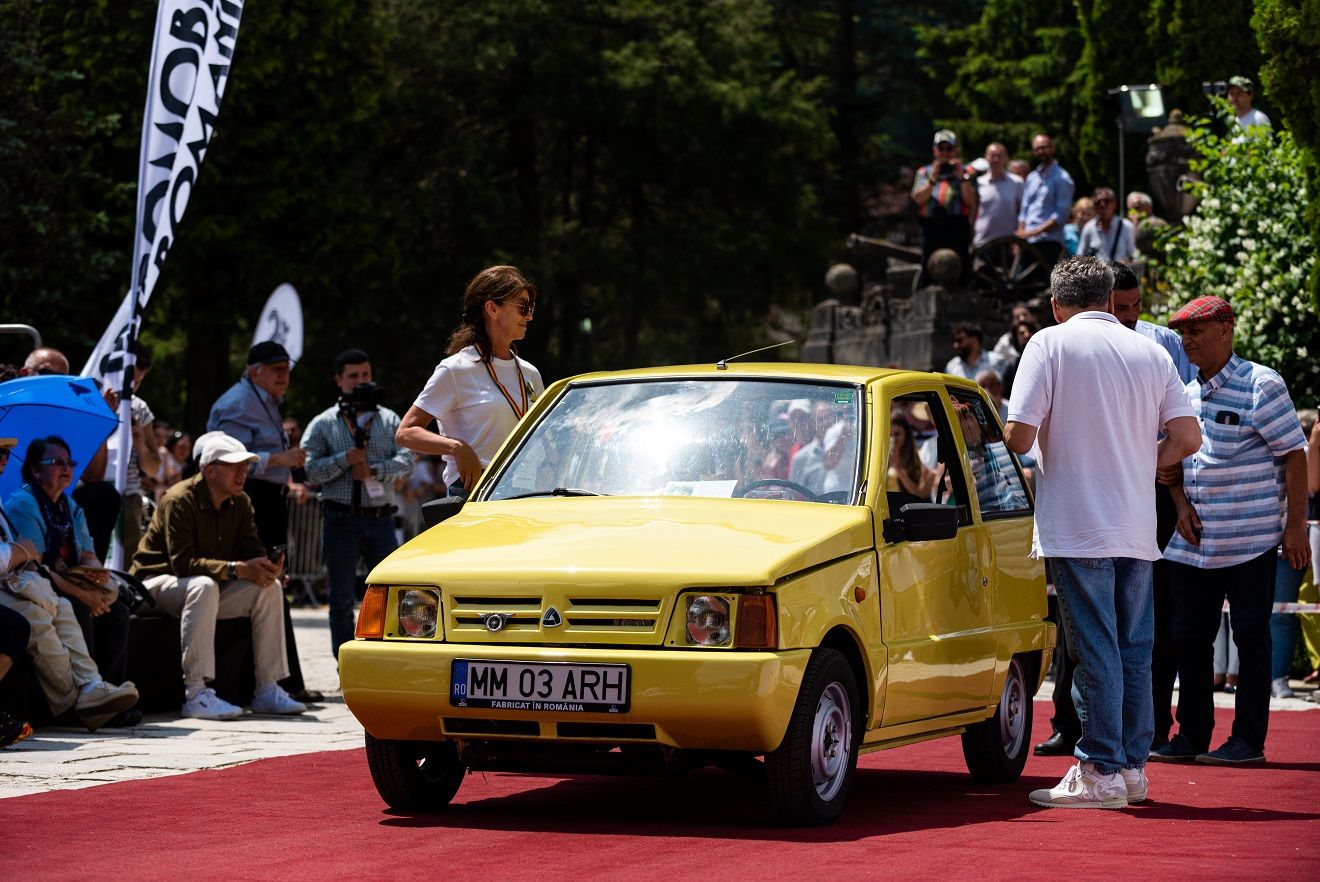
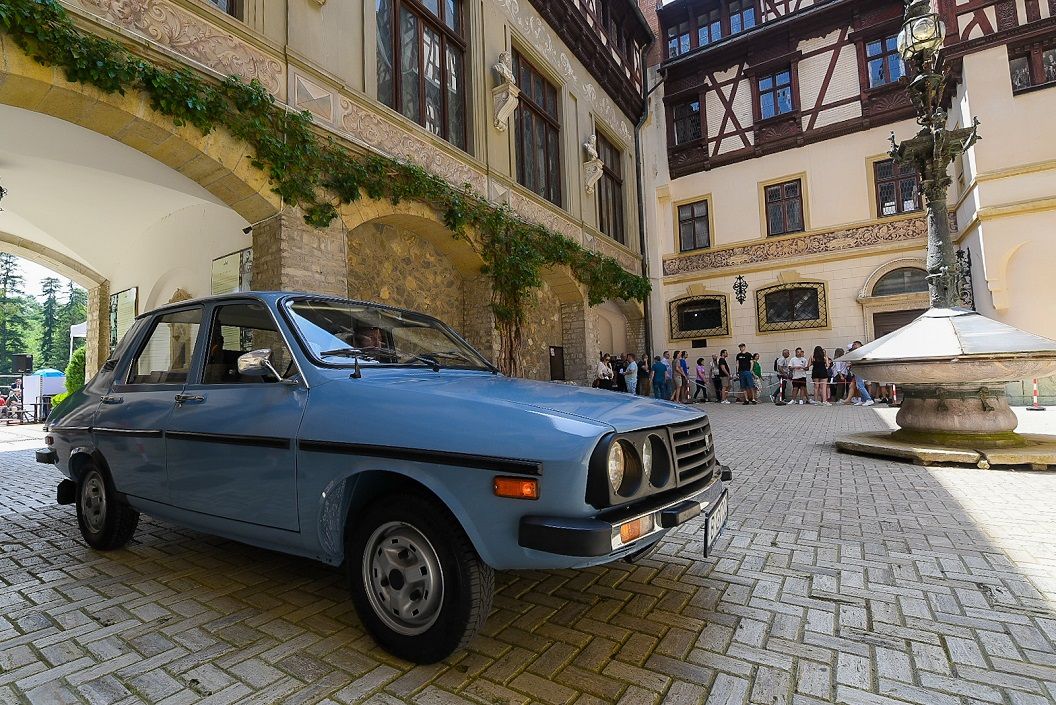
A pretty Jaguar E Type 2+2 followed. Then came an example of great design from Italy, a striking 1970 Lancia Fulvia. My excitement levels increased further with a glimpse of the next car, a spectacular Alfa Romeo Giulia Sprint Speciale from 1963.
I couldn’t believe it, this was an uber rare Sprint Speciale! The Alfa was a dream from any angle you looked.
Juxtaposed with the racy Alfa was a very well finished 1948 Chrysler New Yorker Highlander (two-door coupe).
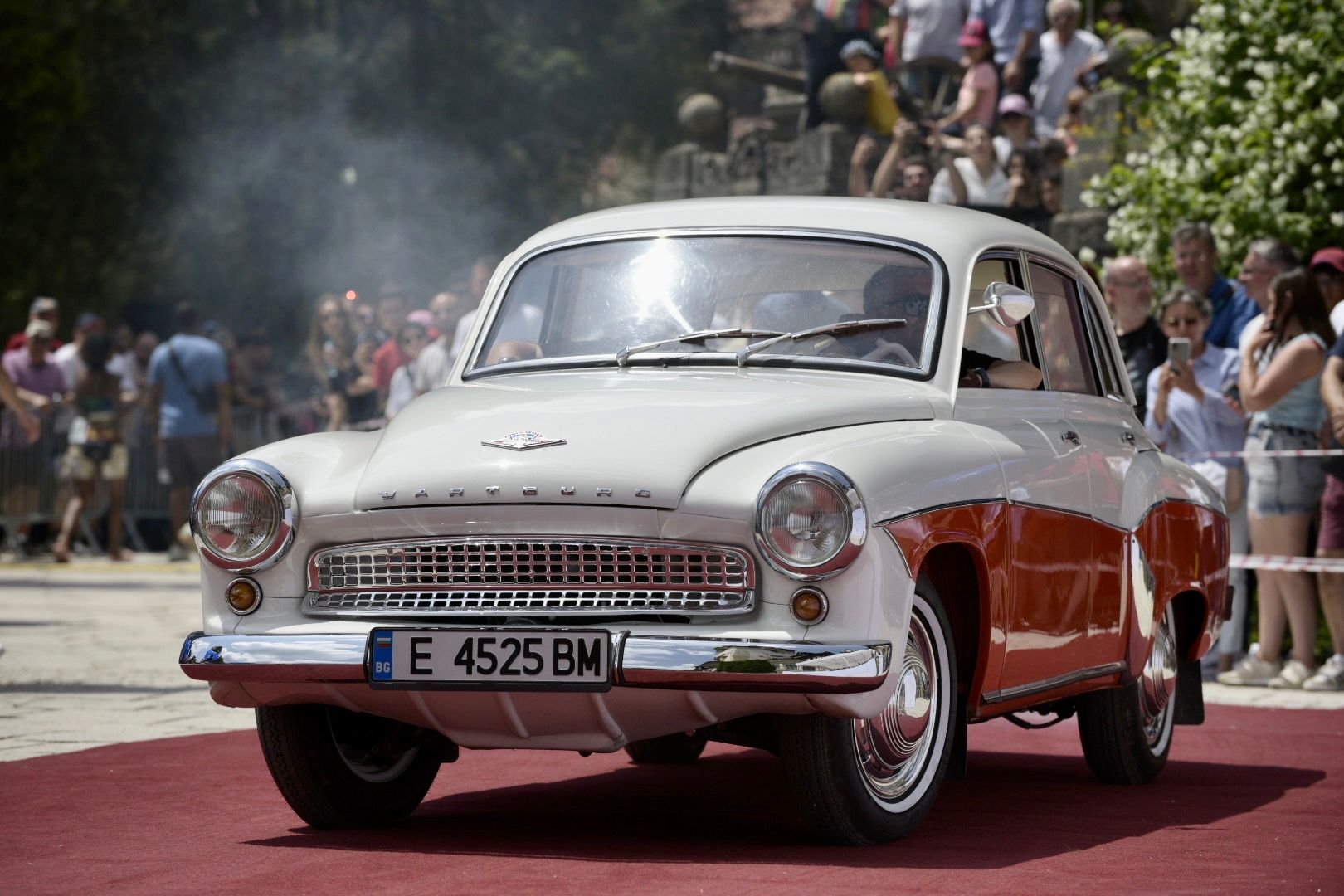
And beyond that was one of the gems of the display, a Lamborghini Miura P400. The design still makes jaws drop; it’s special, in a way that only the Italians think of and execute superbly.
The trademark ‘eyelashes’ surrounding the almost flat headlamps seemed to wink at everyone passing, like the Miura knew it was a star car!

Two Porsches caught my eye instantly, a pair of 356s, my favourite classic Porsche. Arranged perfectly with Pelisor Castle at the back, the two Porsches looked like a life size postcard from the 1950s.
The first of the two Porsches was a 356B 60hp from 1961 in a soothing shade of mellow yellow which made the car ‘pop’ in sunlight. The owner was at hand to explain that the car was imported from the US, and one could tell since the bumperettes at the rear had neat cut-outs for the twin exhausts; that was a US version trademark.
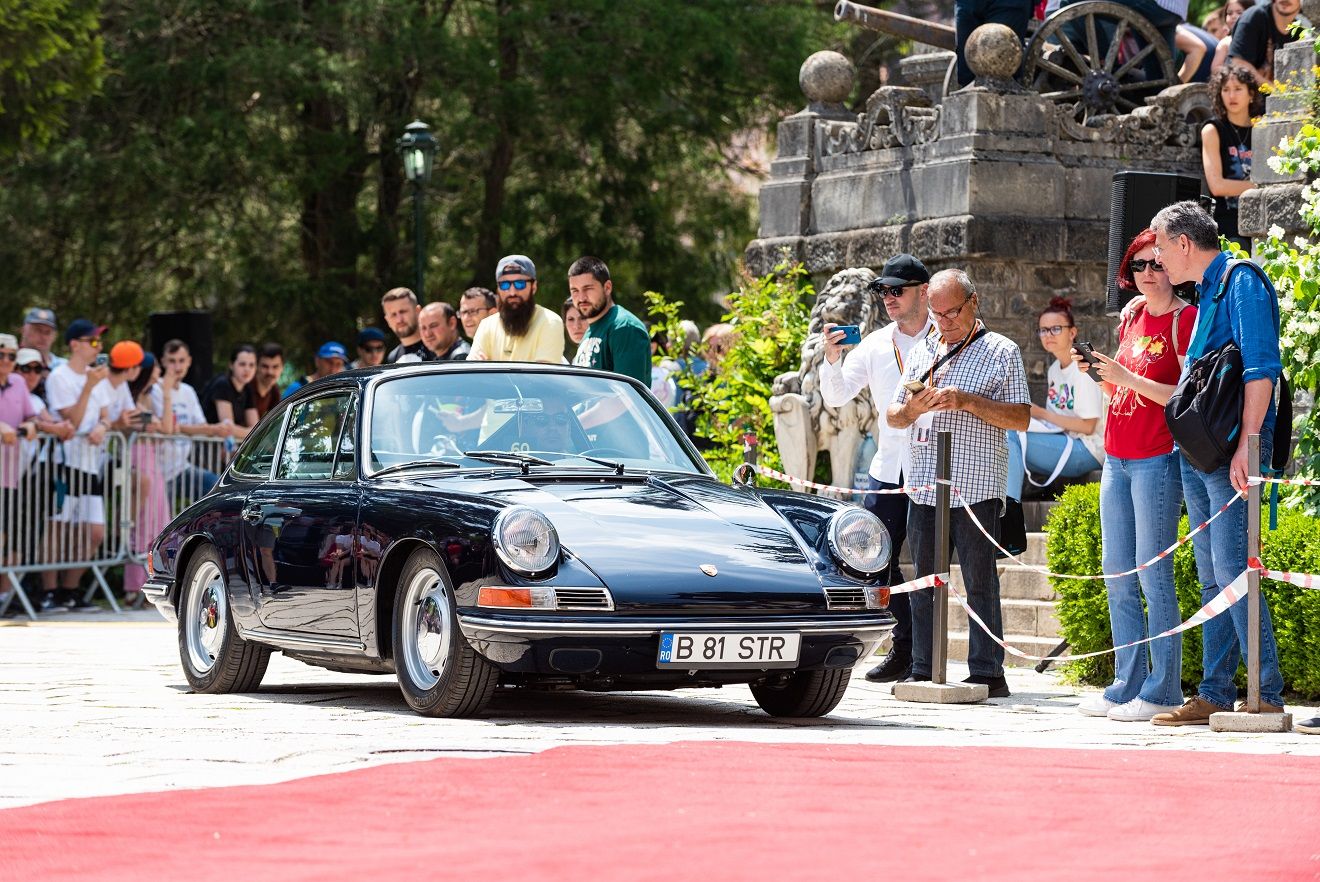
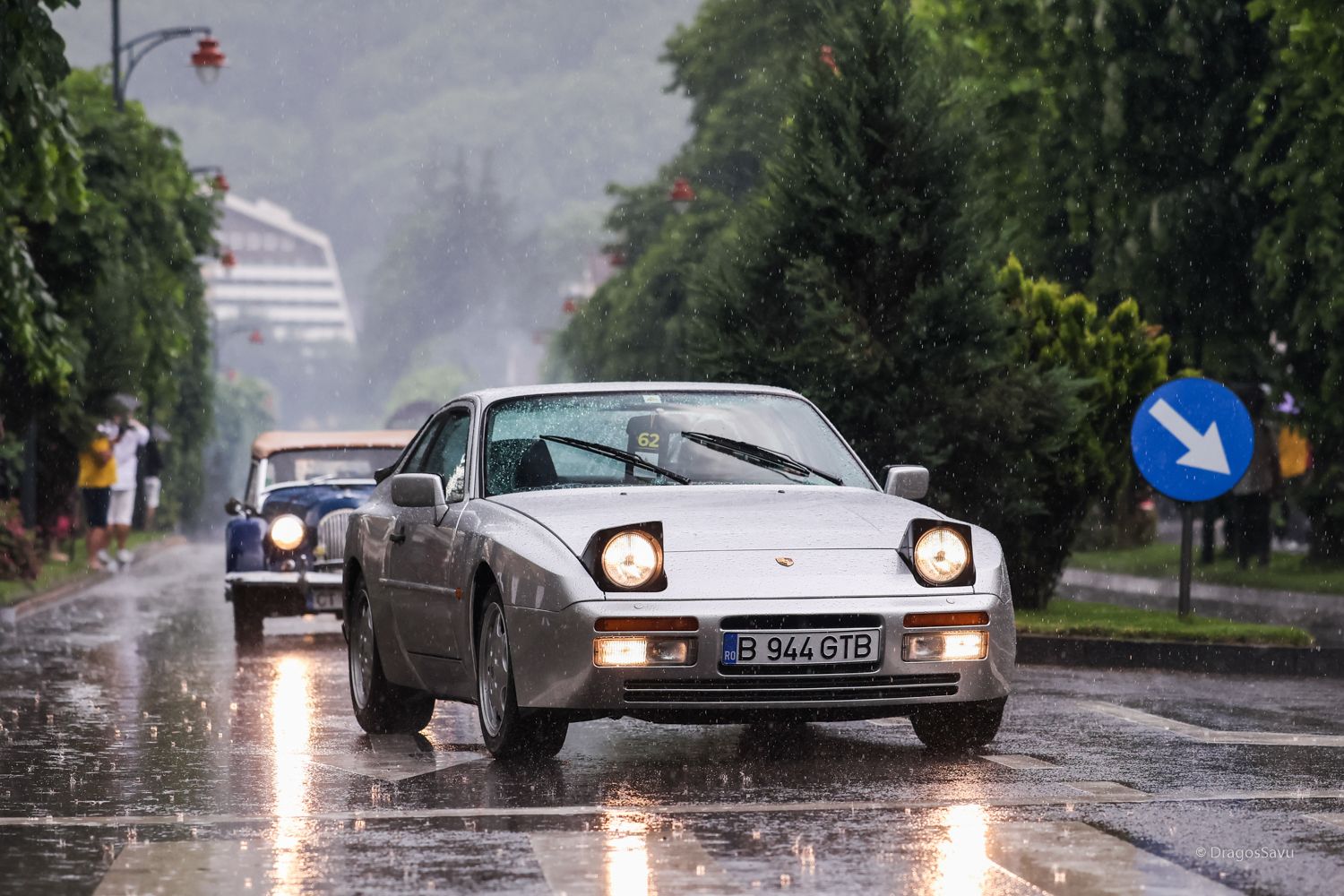
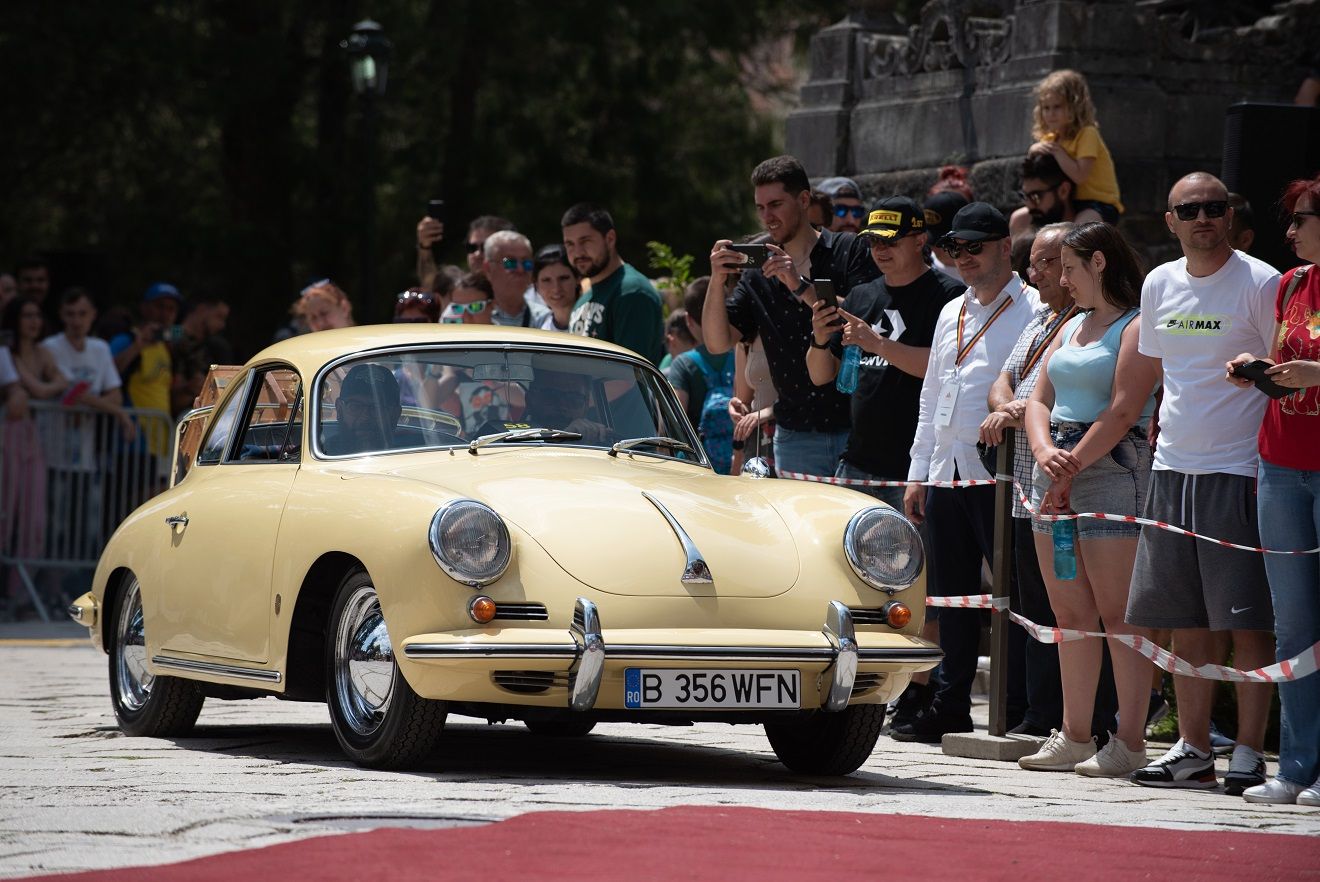
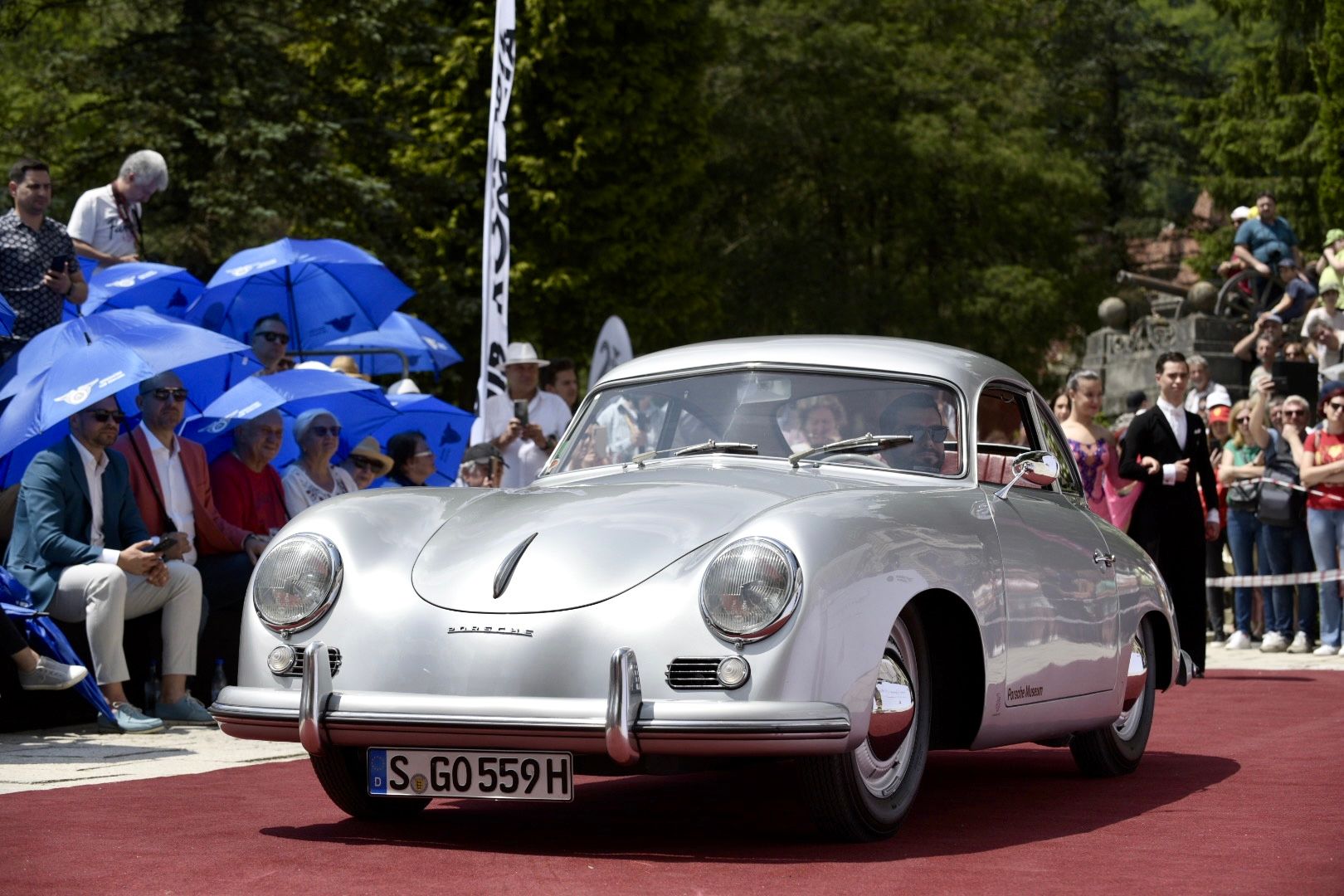
And then there was a silver 356 from the Porsche Museum; it was special. A 1956 version, it was one of those rare survivors which had a central crease in the front windscreen. Not a division bar like the early Gmund Porsches but just a centre crease with either side of the glass angling backwards towards the scuttle. Boy, this was super rare.
Minimal chrome, shown beautifully with just the right amount of shine on the paint and impeccable but not overdone interiors, this very early 356 was just perfect.

I don’t know whether it was a lovingly cared for survivor or a restored example, but one had to appreciate the Porsche Museum for their effort. The silver Porsche was on display only, not up for scrutiny by the jury; it was there for all to simply ogle at and admire. A later Porsche 912 was in the same cluster.
I know next to nothing about Eastern European manufacturers and even less about Romanian cars. That was the next group. First up was a well preserved (it even had the factory plastic covers on the rear seats) was an Oltcit Club from 1989. A three-door hatchback, it shared almost everything with the Citroen Visa, but was designed before the Visa. The dash panel was very Citroen, a single spoke steering wheel, controls and switches that looked like it was from an alien spaceship. Very Citroen, very French.


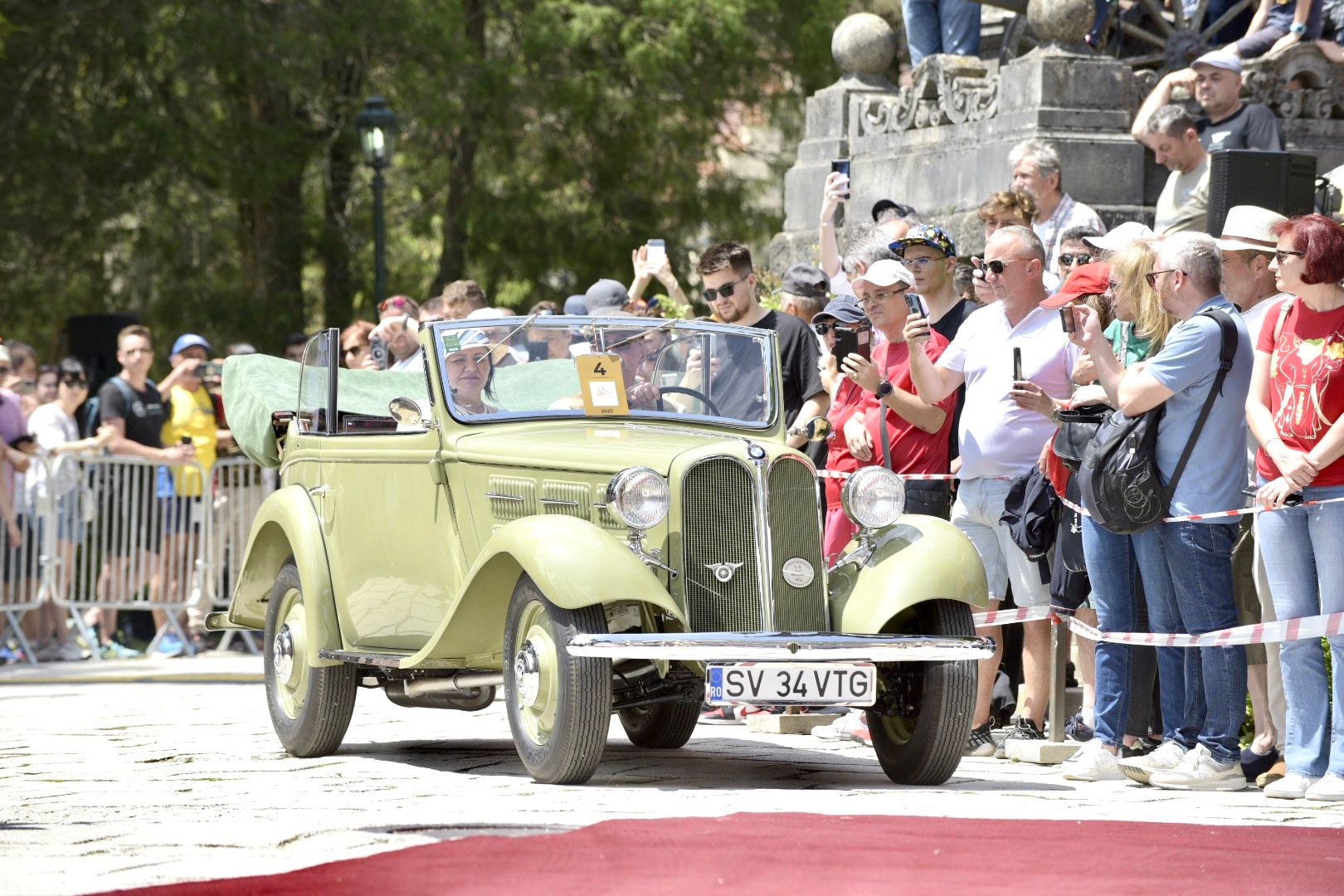

Up next was a real crowd puller, a big ARO 304 from 1980. It sorts of resembled a Jeep Wagoneer from the outside but that was about it. I was told that it was a sort of prototype, one of just four ARO 304s made specifically as a parade car for the former dictator of the country, Nikolae Ceausescu.
Dwarfed by the ARO was a diminutive three-door hatchback in yellow; a curious outcome from a brief given by the dictator for an all-Romanian people’s car—a Dacia 500 from 1989. The chief designer of the car, now into his 70s, was at hand to explain the sheer difficulty they had to get even one of them produced due to the severe restrictions placed on importing raw materials.
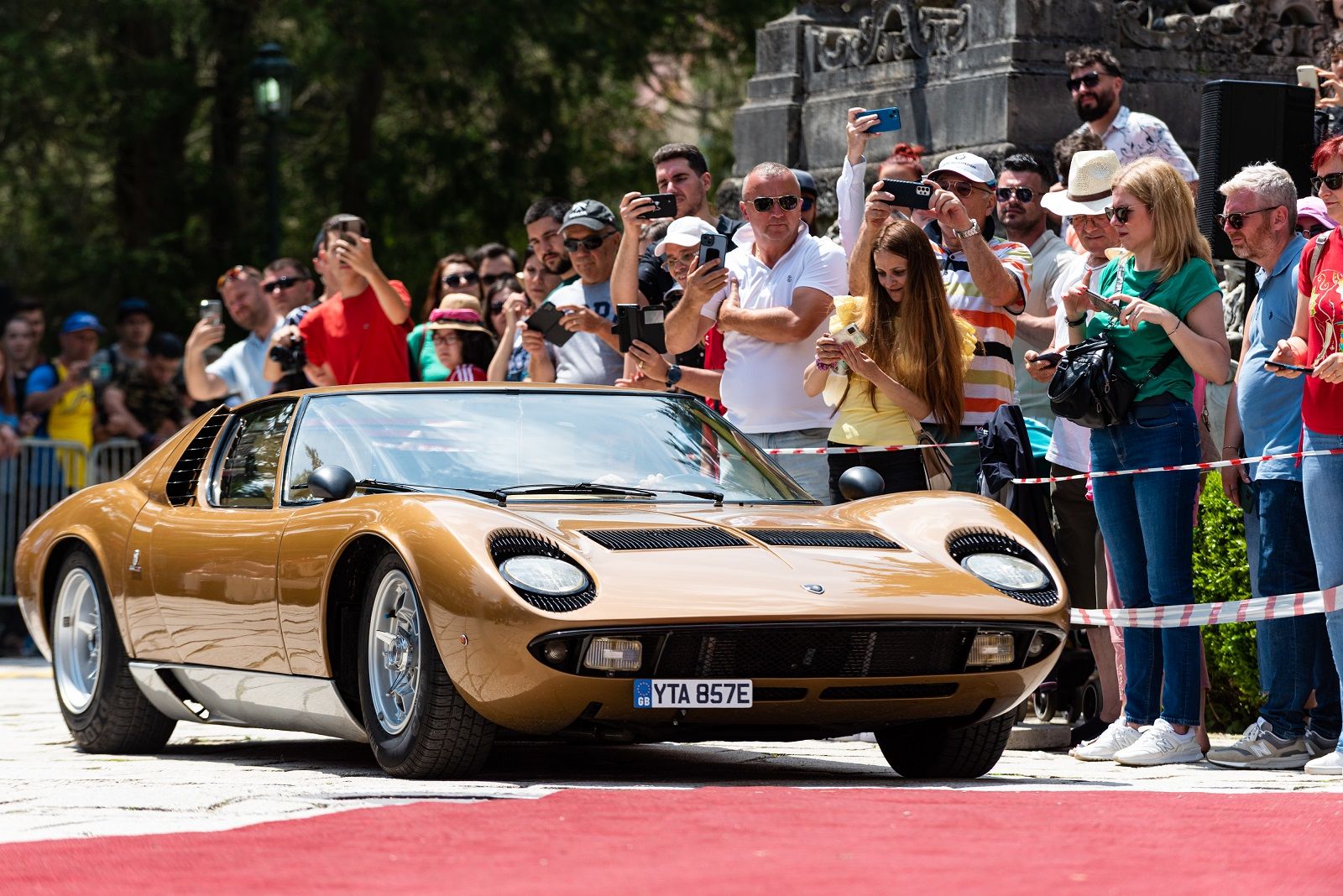
Two more Dacias were in the same cluster, a Dacia 1300 from 1970 with almost all French parts, and a 1310 from 1987.
A five-minute walk away were the pre-war vehicles, parked right next to the Peles Castle. Parked last was an American beast, a Cadillac Series 75 Fleetwood limousine from 1939, which was reputed to have been used by Greer Garson, a British-American actress who reached the peak of her acting career during the war years.

Next to it was a study in understated elegance: upright, imposing, and formal, a Pierce Arrow 43 Le Baron from 1931.
Another few paces away was a fantastic French built Citroen 15CV Traction Avant.
One of my favourites was the next car, a BMW 315 from 1934 in medium pastel green, a two-door cabriolet. The now instantly recognizable BMW ‘kidney’ grill was present, tall, and proud.
Next to the German was a cute Italian, a 1932 Fiat 508 S Balilla rumble seat two-door convertible.


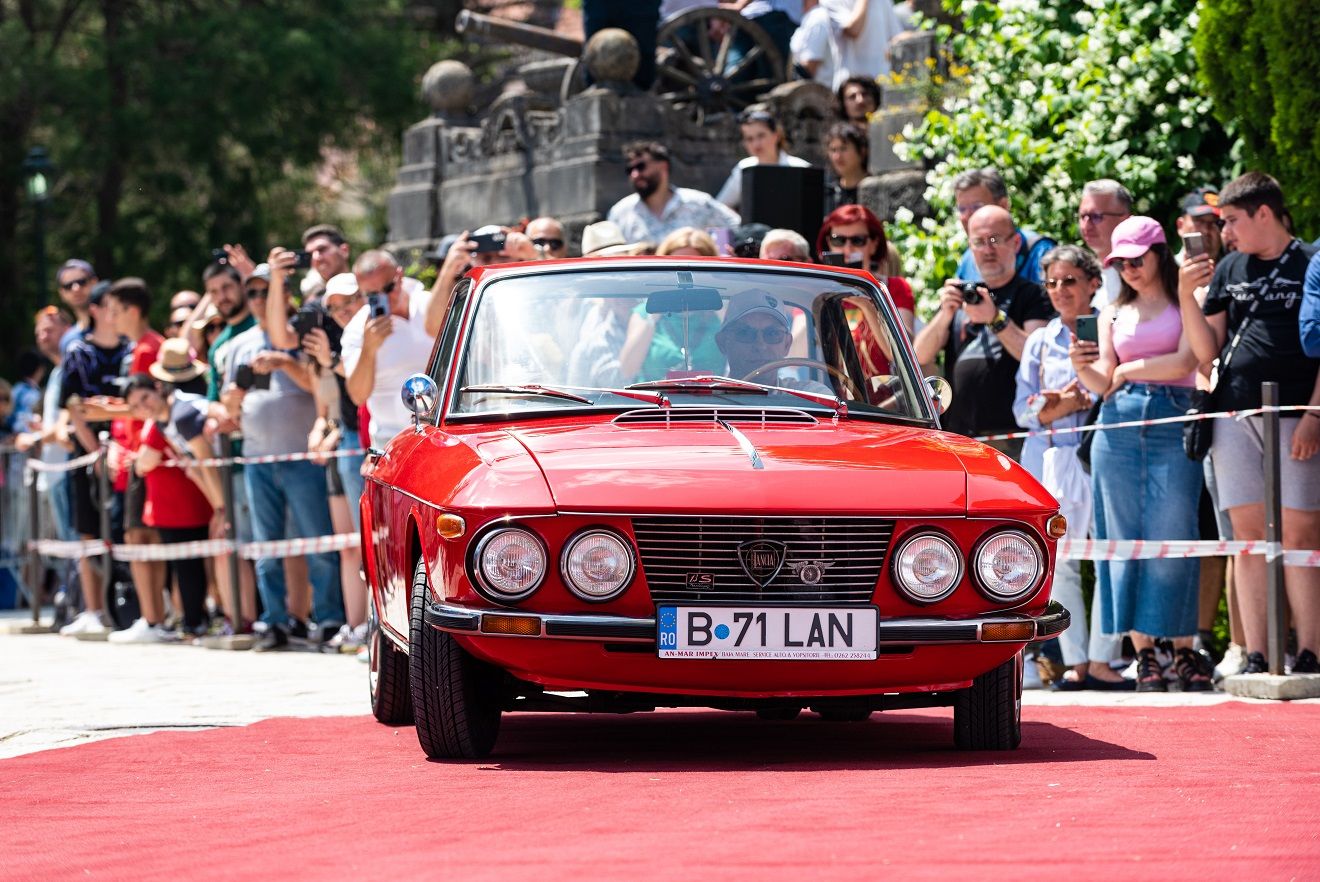

The most remarkable and stylish amongst the pre-war era cars had its own section, a magnificent Mercedes 290 Sports Roadster from 1937. This was a rare car being a long wheelbase chassis.
Further away were the BMWs: a genuine 1987 Alpina BMW 2.7, a very valuable and fast appreciating BMW 2002 Turbo from 1974, an M3 Sport Evolution from 1990 and an iconic BMW Z1 also from 1990, in metallic green with magnolia interiors.
The last section was that of the motorcycles: an AJS S8 from 1938, a Harley Davidson WL 750 from 1946, a superb Zundapp K500 with a sidecar from 1939, a racy BMW R50/5 from 1970 and a military Zundapp K750, with a large side car, complete with a machine gun. This military version was unique, it had a reverse gear!
A veteran 1912 Puch N showed up the next day during the presentation of the Concours d’Elegance, although it was the only one on static display.
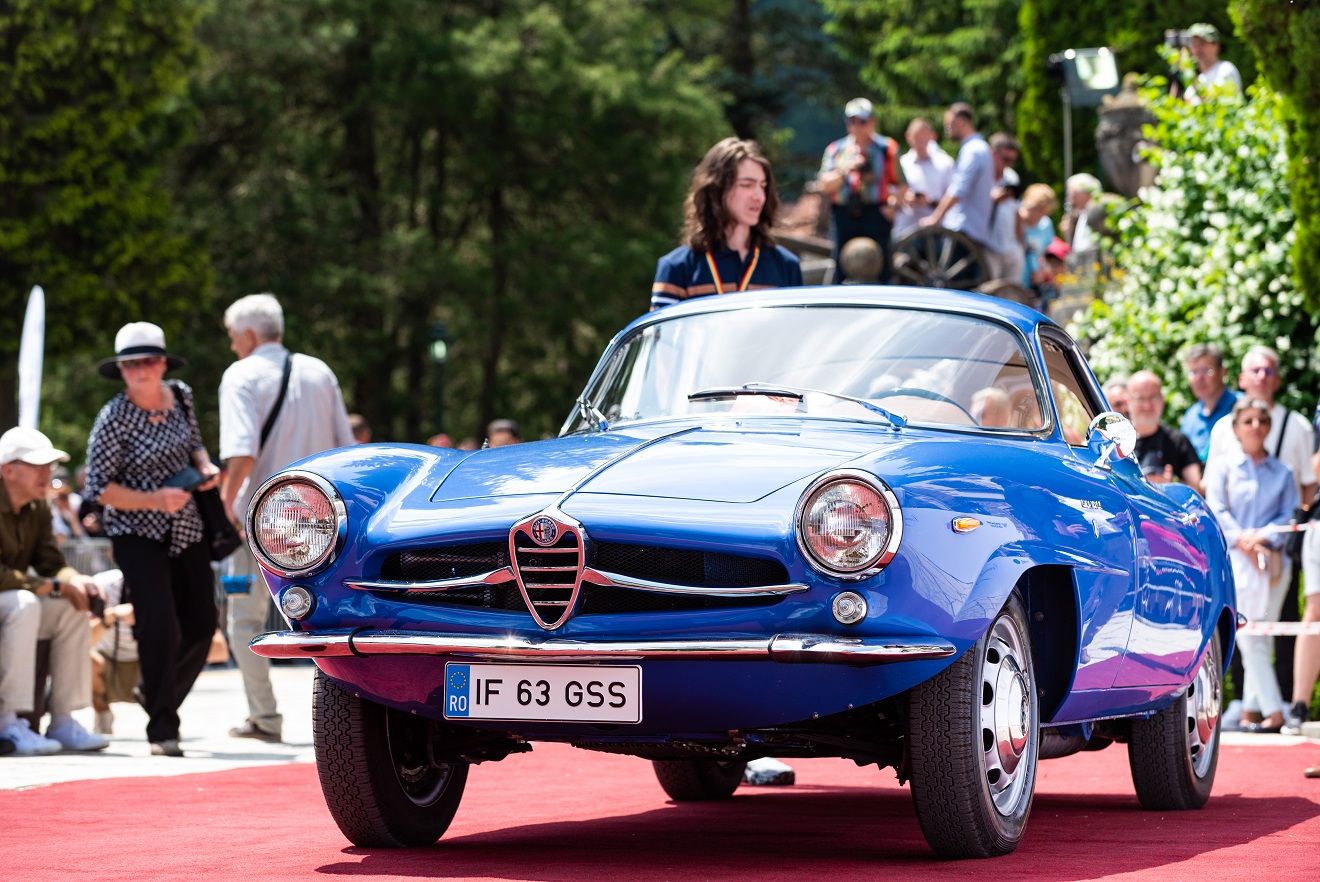
The one car that I missed the day before, drove in, a 1965 Morgan Plus 4. Nearly every participant with the cars stepped out of their cars, dressed beautifully in period. This was class.
The man in the Pierce Arrow had an interesting dress, a Scottish-style kilt.
And then came the moment the jury and spectators were waiting for. A soft burble at first which got louder & louder, the iconic Lamborghini Miura turned up, reflecting the intense sunlight from its deep gold paint. The Miura came to a stop amidst cheers. But the owner wanted to showcase the beauty of the car, he quickly undid two latches on the front sides, two latches behind the open doors, and gracefully opened the mid-engined compartment cover towards the rear and the nose cover in front.
What a sight, it was superlative.
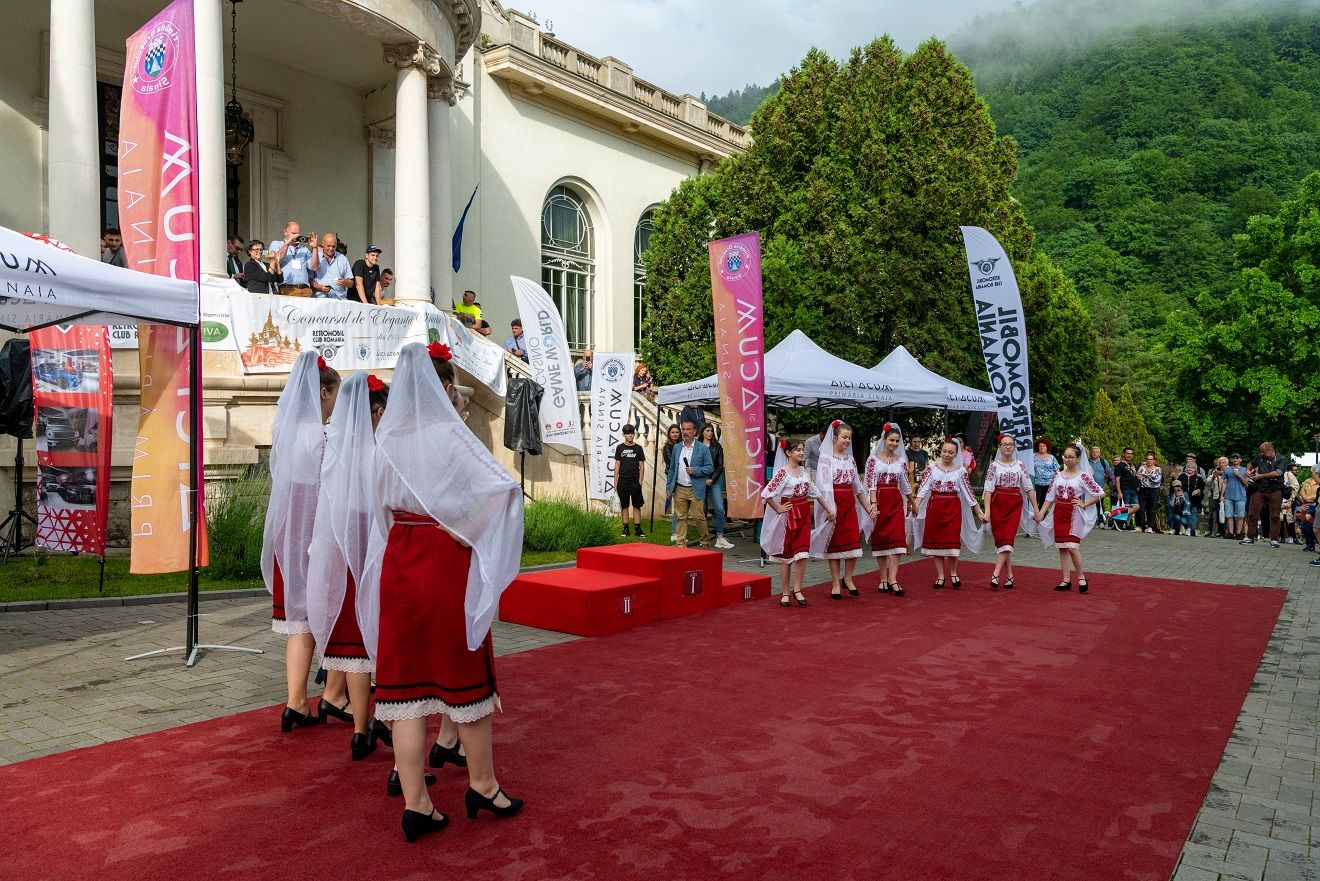
One of the most iconic designs on a vehicle that the world has ever seen and penned by the brilliant designer Marcello Gandini, proudly displayed in all its glory!
I got a sense of the thinking of the jury too. They split up into groups and deliberated for hours until they reached some sort of consensus. There was healthy debate.
The jury members were from all over, Germany (Wolfgang Buchta, who was also the chief judge), Sweden (FIVA SVP Peter Edqvist), Hungary (Dr Pal Negyesi) Italy (Adolfo Orsi), India (our one and only Gautam Sen) and one from Romania (Dan Vardie). They had judged at the best shows the world has to offer, Chantilly, Pebble Beach, Dinard, Villa d’Este.


0They didn’t know the owners, and they saw the cars for the first time so there was no question of bias. And the emphasis was on provenance, preservation, if restored then the vehicle which wasn’t overdone (read ultra-gloss paint and blinding chrome), patinated interiors to some extent, design elegance, rarity, and overall presentation.
The owners and their company had to look the part, they had to dress the part and whoever did it best scored over others. Ultimately it was down to emotions, the car or motorcycle had to pull on the heart strings. It wasn’t down to minutiae like original type screws on fittings.

A lot of learning—and a really brilliant event!
Comments
Sign in or become a deRivaz & Ives member to join the conversation.
Just enter your email below to get a log in link.
